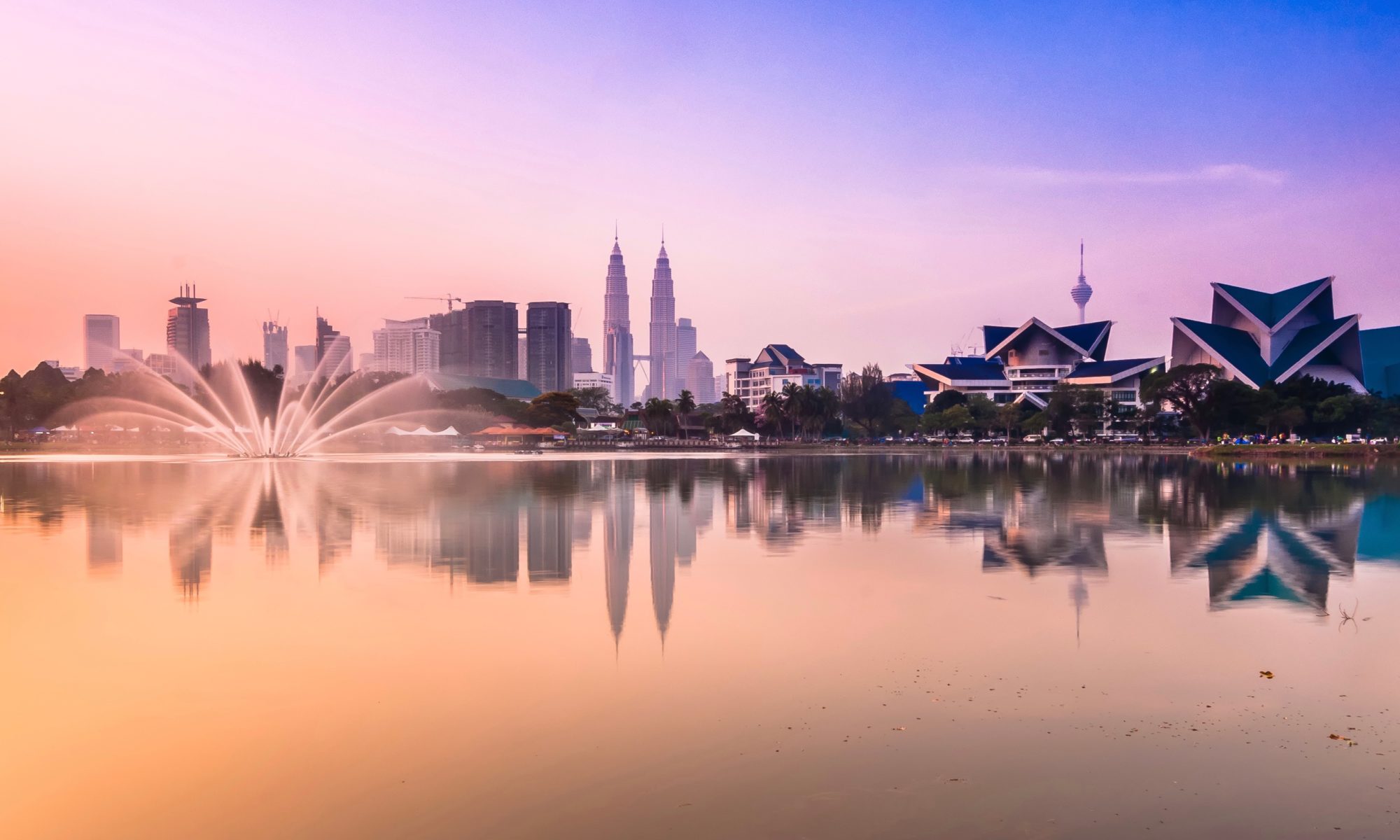
One of the injustices of modern Malaysian culture is that so little regard and respect has been given to what I personally think is one of the top works of contemporary Malay literature: Lat’s singular graphic novel, Mat Som.
Perhaps it is because we associate Lat predominantly with saccharine cartoons on national unity, or nostalgic depictions of kampung life (both of which, of course, remain as indelible contributions from Lat to the Malaysian public discourse.) Maybe it is because we do not have any real tradition of the graphic novel as a legitimate and respectable vehicle for aesthetic expression and cultural commentary. The graphic novel, in the Malaysian mind, is too easily mistaken for its adolescent cousin, the comic book.
This is why there is hardly any discussion in the public space about the contributions of Mat Som to the narrative of modern Malay culture. Even amongst Lat’s abundant oeuvre, Mat Som is so often overlooked.
For more astute readers of Malay culture, Mat Som is an invaluable and singular artifact of a fracturing Malay polity, forced to undergo one of the most rapid and dizzying socioeconomic transformations of the modern age.
Within just a generation, thousands of poor young Malays were taken out of their villages, and handed the keys to education that would unlock opportunities beyond their wildest dreams. Many were sent overseas to learn the secrets of modern science and technology, and told to come back to serve the nation. Most of these young Malaysia came home with burning ambition, but were also deeply confused: they were told that to study overseas, and to go to the cities and get a corporate job and to enrich themselves beyond their parents’ imagination, was a noble vocation – but as they sought to find their place in their new urban settings, they were also told that many of the habits they had taken to be emblematic of what it meant to be “modern”, were shameful and to be castigated. The very modernity that they were told to seek, was labelled as “budaya kuning”, worthy only of disdain and censure.
In Mat Som, Lat would dramatise the rapid social change of the late 20th century amongst the Malays, but from a more rooted perspective: that of the young Malay from the kampung who makes his way to the city to earn a living with words. The young journalist finds himself attracted and entranced by the whirling pace and the glittering lights of the city, but is repulsed by the crass commercialism and the capitalistic striving of the rising Malay middle class. Lat, in Mat Som, romanticises the poet, the working journalist, the common Mat on the street.
Mat Som puts into stark focus the cultural confusion of the Malays of that generation, forced to choose between traditional values and the modern world that threatens to unmoor the Malay from familiar ground. If Umno’s Revolusi Mental and Mahathir’s Malay Dilemma were loudly exhorting the Malays to change their mindsets and embrace modernity, to discard old-fashioned values that were seen to be holding back the community, then Lat’s Mat Som was a cri de coeur for the common Malay man – that the way to traverse the rapid currents of social upheaval was to hold fast to the wisdom of old.
To be fair, Mat Som was not a blind rejection of modernity – Yam could be at ease in a baju kurung, or wear a pair of jeans if she wanted to. But the ideal Malay, in Lat’s telling, was someone who was not merely throwing the baby out with the bath water, when it came to the values that would anchor and centre the Malay. One could be modern, and still be Malay, without merely aping the West.
Lat’s genius, of course, was to wrap all this cultural commentary within a simple and heartwarming story of a young man trying to find his way, and his heart, in a city that can often appear heartless and cruel. Bridging that gap between modernity and tradition is still an ongoing dilemma for the young Malay today, and Mat Som reminds us that there is a path through the thicket of confusion, if we only remain clear-eyed about who we are and where we came from.
